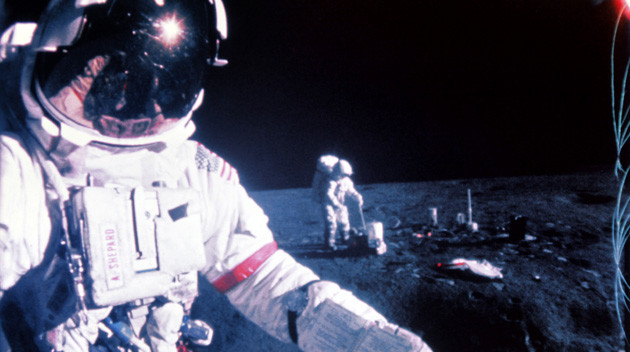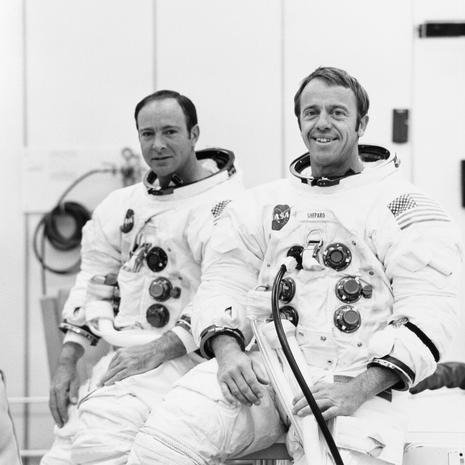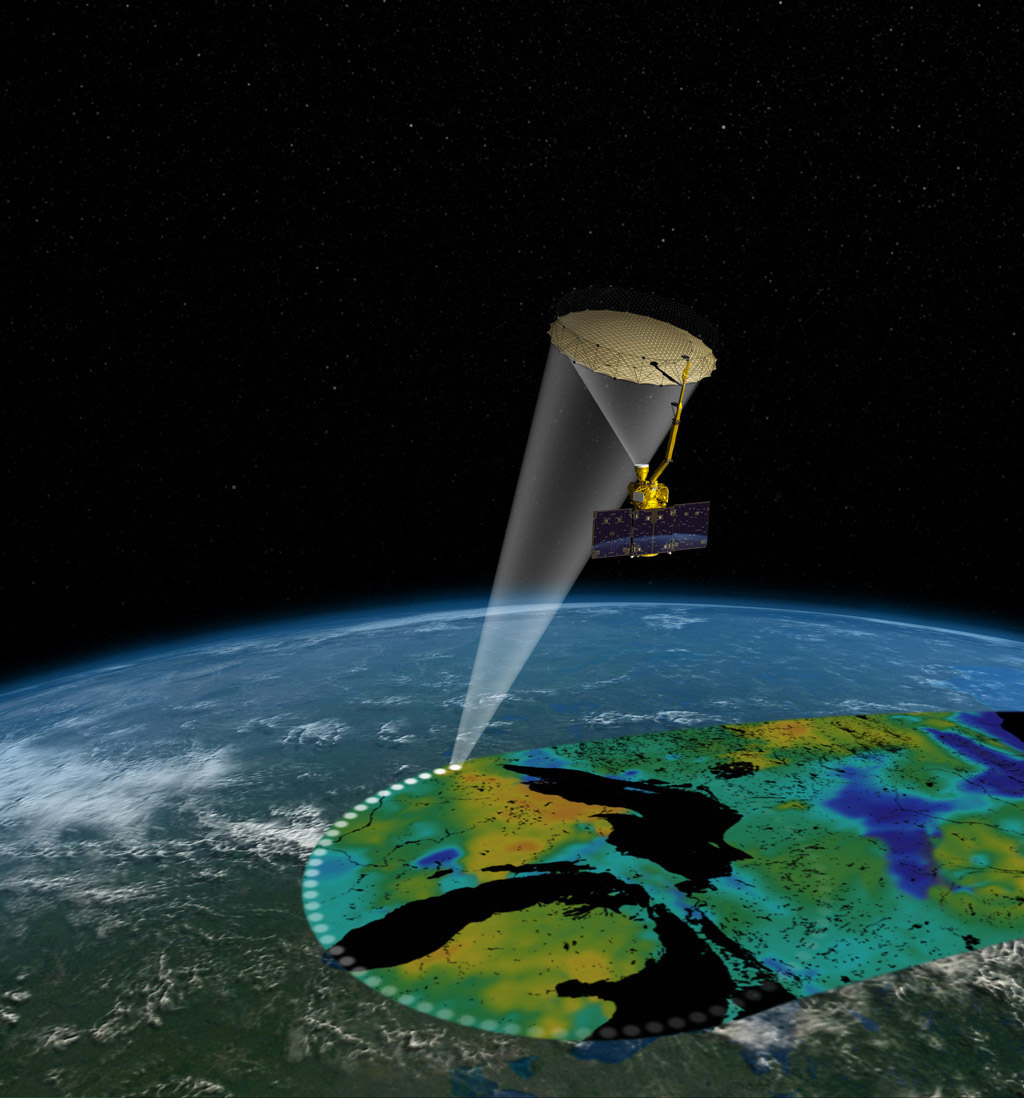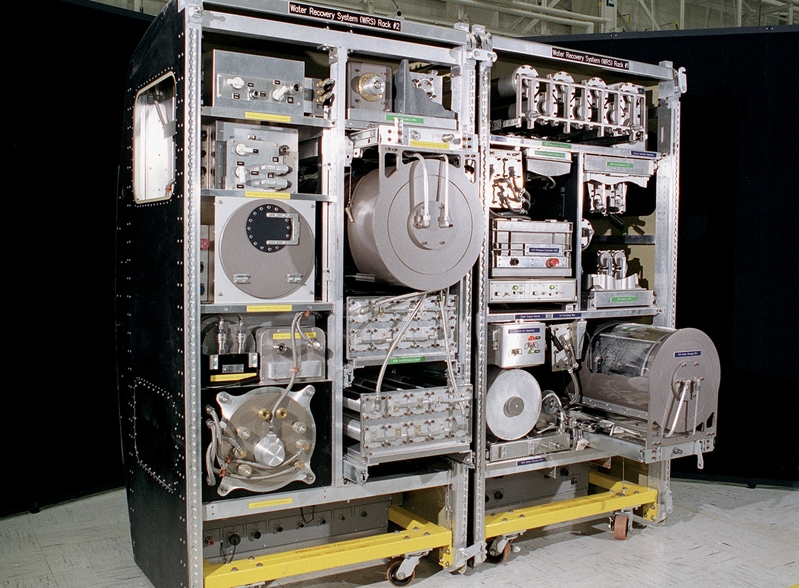Moon landing (NASA, YouTube)
SIGNIFICANCE

Apollo 14 mission (STF/AFP/Getty Images)

Astronauts Alan B. Shepard Jr. and Edgar D. Mitchell (NASA)
Moon Landing
The stakes were raised during the Space Race on April 15, 1961 when the Soviets launched Yuri Gagarin into space. Although the Soviets reached the historic milestone first, Shepard made a huge impact to new innovations worldwide. On January 31, 1961 Alan Shepard and Ed Mitchell launched back into space from Cape Canaveral. Shepard was the 5th person to walk on the moon Mitchell being the 6th. The Space Race ended when Neil Armstrong became the first person to ever step foot on the moon on July 20, 1969 which finalized the United States victory. Shepard and Mitchell were able to bring NASA home 94 pounds of lunar samples which helped us get a lead in new space innovations.
New Innovations
The Space Race fueled scientific innovations such as physical, and scientific advancements. It led to many innovations we live with today and our modern life. Multiple new inventions came out of this that we use everyday. Before the Space Race started we used satellites to bring data back to Earth. This is now a part of our everyday life because it allows us to communicate long distance. Space gave us a new look at robotics in order to control space vehicles from Earth. We needed the astronauts to have access to clean water. They collaborated with many companies to turn waste water, urine and sweat, into healthy drinkable water. This technology is now used all around the world where water may be contaminated. These innovations changed the way we live our lives on Earth.

Soil Moisture Active Passive satellite (NASA/JPL)

NASA's Water Recovery System (NASA-MSFC)